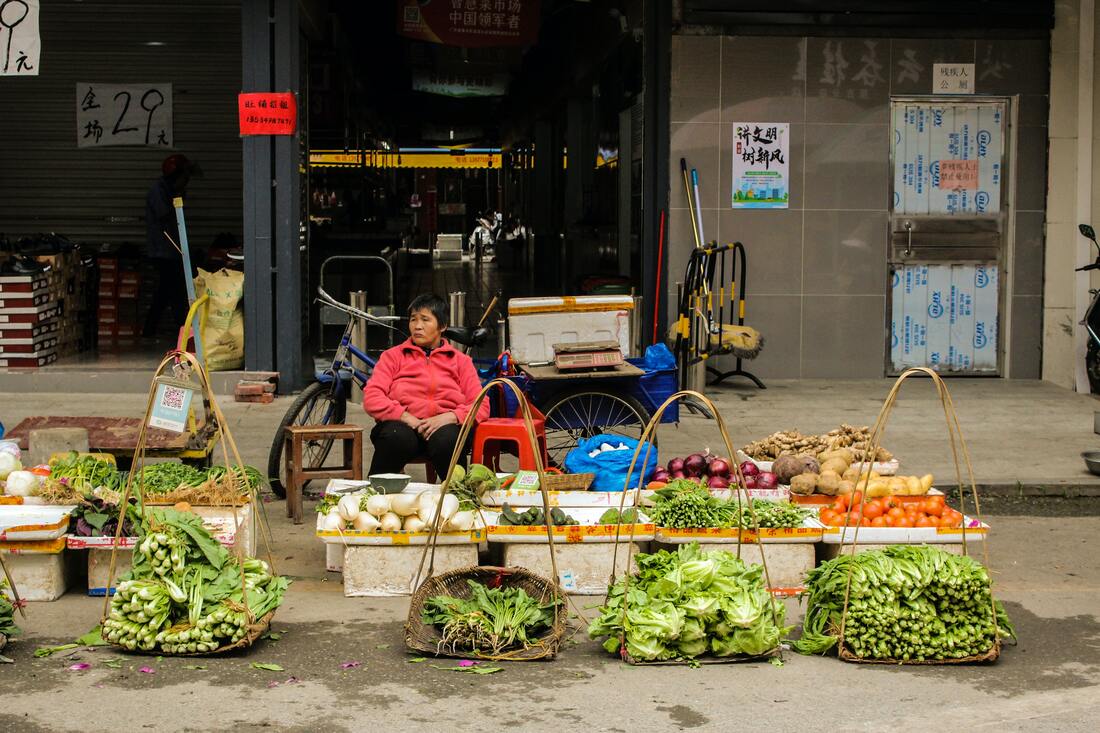|
By M. Cerdeira On the 19th of March, last Saturday, the first covid death in China in over a year was reported. With the appearance of the Omicron variant, the sudden surge of new cases in China this year has massively topped the total number of cases reported in the entirety of 2021. China is experiencing increases of around 1,000 cases every day. Chinese authorities have been trying to suppress the situation since the start of the outbreak with sudden, restrictive lockdowns and mass testings. The nation locked down the internationally recognized technology hub Shenzhen on March 14th, the home to 27 million citizens, alarming the population, as well as companies all over the city. On Tuesday 23rd over 4,770 cases of covid, majorly in Jilin, were reported and the Chinese government announced the complete lockdown of the city of Shenyang, to keep 9 million people at home. On Monday 28th, with a worsened situation, the largest city in China, and its worldwide commercial centre, Shanghai, entered lockdown, keeping 26 million people at home, which will have economic repercussions across the globe. The government plans to test this entire population for covid during the next eight days.
The sudden lockdowns resultant of the crisis are having colossal repercussions on the nation’s economy, due to the suspension of major businesses. Ergo, to minimize these economic consequences, the government has tweaked the tactics used at the beginning of the pandemic and initiated a two-phase lockdown in Shanghai. It relies on a shorter amount of quarantining, by firstly locking down the eastern side of the city, Pudong for four days, and then the western side, Puxi, so that the city does not come to a complete halt. Nonetheless, either way, Shanghai, the second richest Chinese city according to the National Bureau of Statistics, contributes 3.8% to the nation’s GDP. The eight- day lockdown ahead is expected to reduce China’s current GDP growth by 0.4%. Along with the GDP, the employment rate in commercial businesses is likely to be affected, as the recent lockdowns have closed all forms of public transport and most firms. It is thought that small businesses that rely on consumer spending are suffering the largest toll at the moment. The lockdown of many different areas around the country have left shoppers desperate in search of food and amenities for the days in which they will be stuck at home. So far, the Shanghai port, the largest in the world, has resumed working, as well as most other, which has eased the economic consequences of the lockdown. Several companies have found their way around the restrictions. Foxconn technology group, for instance, has partially reopened in Shenzhen through the establishment of a closed loop strategy, where factory workers are taken from their company dorms to work, and back, without having any contact with other citizens, as well as being tested frequently. Although this tactic worked for some companies, it did not have such an effect on others. Tesla Inc. shut down all operations on the 28th for four days. Despite trying the closed loop strategy, it did not succeed for Tesla, as there were not enough facilities available for the workers. China was the first country to ever report a covid case in 2020, but quickly controlled the situation using the strategy “Covid Zero” that established restrictive measures such as the complete shutdown of certain provinces like Hubei and Wuhan and ended up quarantining more than 50 million people. It seems, however, that the reestablishment of these covid measures are being seen with much irritation from many Chinese citizens. Despite the economic setbacks the country is suffering, the harsh covid responses have caused the death of a nurse in Shanghai because she was denied service at a hospital after suffering an asthma attack. This caused a lot of public frustration; “I am not afraid of the coronavirus, I am afraid that I can’t get treatment for other diseases,” said one person on Weibo, a popular application used in China. The Omicron variant has proven to be of extreme contagiousness and alarms the government as well as the country’s population, as “Covid Zero” has suffered an unnerving setback, leading many people to question if this strategy really is efficient in the long run. Sources: https://www.cnnbrasil.com.br/internacional/china-registra-primeiras-mortes-por-covid-19-em-mais-de-um-ano/ https://valor.globo.com/mundo/noticia/2022/03/22/china-coloca-cidade-com-9-milhoes-de-habitantes-em-lockdown.ghtml https://www.theguardian.com/world/2022/mar/22/china-locks-down-city-of-9-million-and-reports-4000-cases-as-omicron-tests-zero-covid-strategy https://www.dw.com/en/covid-digest-chinas-shenzhen-goes-into-lockdown/a-61115243 https://g1.globo.com/jornal-nacional/noticia/2022/03/28/china-coloca-xangai-em-lockdown-por-causa-do-aumento-dos-casos-de-covid.ghtml https://theconversation.com/china-beat-the-coronavirus-with-science-and-strong-public-health-measures-not-just-with-authoritarianism-150126 https://www.bbc.com/news/world-asia-china-60893070 https://www.bbc.com/portuguese/internacional-60901582 https://www.cnbc.com/2022/03/28/china-is-shutting-down-shanghai-in-two-phases.html https://www.bbc.com/portuguese/internacional-60901582 https://www.theguardian.com/world/2022/mar/25/frustration-with-chinas-covid-response-grows-as-daily-cases-near-5000
0 Comments
Your comment will be posted after it is approved.
Leave a Reply. |

